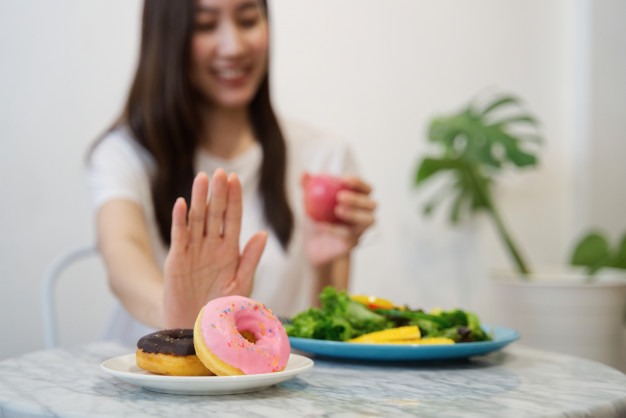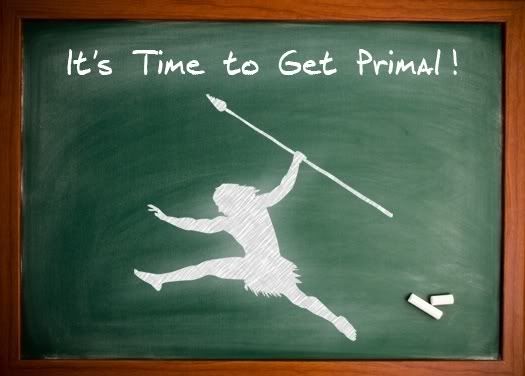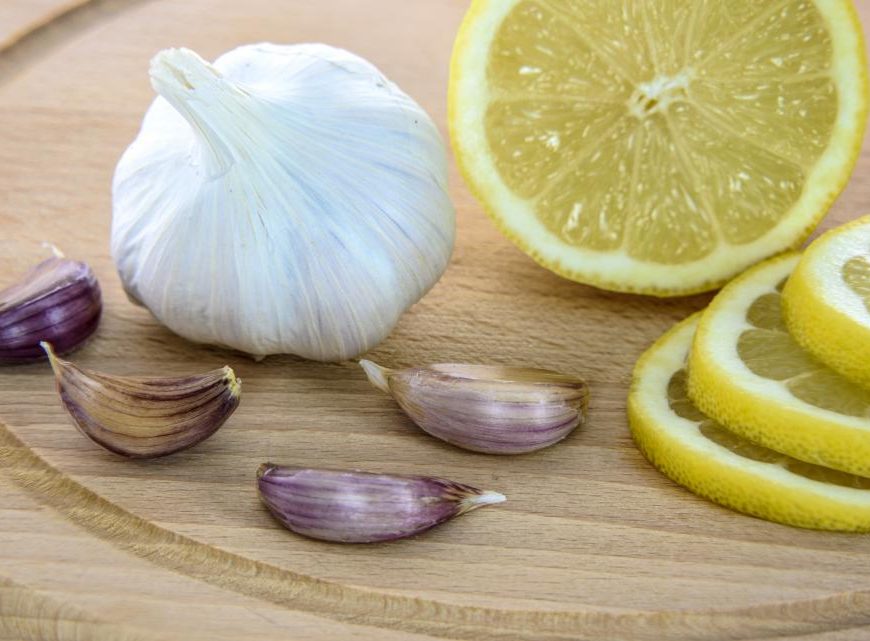“No added sugar, you’re sweet enough!”
Humans are born with a sweet tooth. Breast milk is very sweet. The sweet taste is nurturing and comforting. Hence why we still reach for sweet foods for comfort even as an adult. When people emotionally eat, it is usually sweet foods they are drawn to.
Research shows that refined sugar is more addictive than cocaine, even in cocaine addicts! These cocaine addicts were rats, but we can assume the outcome for humans is similar.
In his book ‘Sweet Poison’, David Gillespie says in 150 years we have gone from eating no added sugar to more than one kilogram of sugar per week. You would need to run 7km every day of your life just to not put on weight as a result of eating that much sugar.
The recommended maximum intake of added sugar is 9 teaspoons (37.5g = 150 calories) per day for men and 6 teaspoons (25g = 100 calories) per day for women. The less, the better. A survey in NZ a few years ago found that on average men ate 30 teaspoons (125g = 500 calories) per day and women ate 24 teaspoons (100g = 400 calories) per day! This is a lot considering that is roughly 1/5th of the recommended calorie intake.
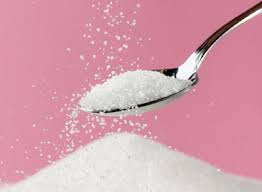
Top 10 Benefits of Quitting Sugar
- Fat Loss
Regulated appetite and blood sugar, plus less cravings.
- Elevated Energy
Stable blood sugar levels without the feeling of ‘hitting the wall’.
Sugar feeds bad bacteria in our gut, contributing to digestive issues.
Sugar spikes insulin which is inflammatory to the skin (acne).
Sugar robs the body of essential nutrients required for optimal immune function.
- Balanced Hormones
Insulin resistance is associated with increased testosterone and polycystic ovarian syndrome (PCOS).
- Stable Mood
Low blood sugar can cause that oh so familiar hangry feeling.
Again, low blood sugar impacts brain function and can be to blame for brain fog.
- Dampened Inflammation
Inflammatory foods include sugar, trans fats, vegetable oil, gluten, wheat, and processed foods.
- Decreased Risk of Chronic Diseases
Sugar consumption is closely linked with obesity, diabetes, cardiovascular disease, and non-alcoholic fatty liver disease.
Trial a sugar-free diet for 3 weeks. 21 days to make or break a habit. We don’t need to eat sugar, our body makes glucose from the carbs we eat anyway. Check the back of all your packets. Even better, don’t eat anything that comes processed in a packet!
Sunday: Pre-Prepare
This is a good day to plan the week ahead. Pencil in your meals and snacks for the week in your diary/calendar. Do this before your grocery shopping so you know exactly what you need to buy. Stick to the list and don’t get side-tracked by the salted caramel chocolate (even if it’s on special!). Focus on whole foods which are naturally sugar-free e.g. small amounts of fruit, vegetables, nuts, seeds, wholegrains, legumes, eggs, dairy, seafood, and meat.
Tip! Before attending a party where you know there are going to be lots of hard-to-resist sugary foods, eat a high-protein, high-fat snack to supress your appetite. If you go out ravenous, you will eat much more than if you had a preparation-snack at home beforehand.
Tip! Keep homemade bliss balls in the freezer for when a snack attack hits! They last for months (even a year) in the freezer. At least when they are in the freezer, they are out of sight so you aren’t as tempted to eat them as you would freshly baked biscuits! Bliss balls can be eaten straight out of the freezer or leave them out for a few minutes to soften.
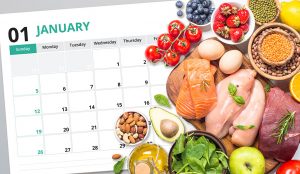
Monday: Swap Out One Meal or Snack a Day
Substitute one sugar-containing meal/snack for one sugar-free meal/snack every day until all of your meals and snacks have been swapped out. This is more sustainable rather than going cold turkey. Sustainable changes are more likely to weather the storm i.e. resist the temptation of work morning tea shouts and traditional homemade baking (with white sugar).
Monday: swap out breakfast.
Tuesday: swap out breakfast and morning tea.
Wednesday: swap out breakfast, morning tea, and lunch.
Thursday: swap out breakfast, morning tea, lunch, and afternoon tea.
Friday: swap out breakfast, morning tea, lunch, afternoon tea, and dinner.
Continue this with the occasional ‘cheat’ meal or snack. The frequency of these cheat meals and snacks are individual e.g. one cheat meal and cheat snack per week or two cheat meals and cheat snacks per week.
Tuesday: Natural Sweeteners Instead of Sugar (and Artificial Sweeteners)
Satisfy your sweet tooth naturally with fruit, a bliss ball, yoghurt, granola, or herbal tea. If you are desperately craving something naughty try filling up on healthy foods with protein and fat first, then just have one bite (if you still crave it after the protein and fat!). If you are already full, you should be satisfied by a couple of squares of chocolate and not the whole bar!
If baking is a loved pastime, try using a natural sweetener that is more nutritious than white sugar. But at the end of the day, natural sweeteners are still sugar. The difference is that they contain a few micronutrients and are lower glycaemic index (GI). White sugar is simply just sugar without any vitamins or minerals. Moderation still prevails with natural sweeteners, as with all foods.
Include small amounts of:
- Raw honey (particularly Manuka)
- Dates
- Pure maple syrup (not maple ‘flavoured’ sugar syrup) – grade B is richer in minerals and has a stronger flavour than grade A
- Coconut sugar
- Molasses
- The herb stevia (only a pinch or a couple of drops is needed as it is 200 times sweeter than sugar)
Raw and brown sugar are ever-so slightly better than white sugar as they contain a small amount of molasses, which is a rich source of the minerals iron, calcium, and magnesium.
The supposedly healthy sweeteners that are not recommended are agave syrup, rice malt syrup/rice syrup, and sugar alcohols (xylitol, maltitol, sorbitol, erythritol).
Agave syrup is derived from a cactus and fermented to make tequila. The downside is that it is higher in fructose than sugar and high fructose corn syrup itself! Despite being a lower GI, fructose puts pressure on the liver. Excess fructose is linked to non-alcoholic fatty liver disease, metabolic syndrome, gout, and increased triglycerides and cholesterol.
Rice malt syrup/rice syrup is made by cooking down rice until the starch completely turns into sugar. It is 100% glucose. It spikes our blood sugar because the GI of rice malt syrup is off the charts. The only benefit is that it is low in fructose, opposite to agave syrup.
Xylitol/maltitol/sorbitol/erythritol are sugar alcohols or polyols. They do not act like alcohol in the body and cannot get you drunk. They are processed white powders made from corn, sugar, or waste products. Sugar alcohols also have a laxative effect and cause digestive upset in large quantities. They are commonly found in sugar-free protein bars and cookies which will have a warning on the packet not to consume more than the recommended serving.
Artificial sweeteners in diet products (even stevia!) can spike insulin even though they have no sugar or calories. In prehistoric times, sweet food was safe to eat so humans would devour it as they probably didn’t come across it very often. Sugar and calories always came as a combo deal (like a burger and fries), unlike now. Insulin will still be released in response to sweet food, and any sugar that is in our blood at the time will be stored in fat cells resulting in fat storage and low blood sugar. Low blood sugar can be to blame for cravings, tiredness, poor concentration, irritability, moodiness, and of course, being hangry. Not to mention that artificial sweeteners must be detoxed by the liver, putting an extra load on our poor liver. Diet Coke and Coke Zero aren’t much better (possibly even worse!) than the original Coke.
Use fruit, raw (Manuka) honey, dates, pure maple syrup (grade B), coconut sugar or molasses instead of white sugar. Use molasses (or half molasses and half maple syrup/coconut sugar) where you can because it is so nutritious. When it comes to molasses, the more the better!
Tip! Add a piece of fruit to your salads to make them more delicious e.g. add an orange to your kale/cavelo nero salad, a pear to your rocket salad, or an apple to your coleslaw.
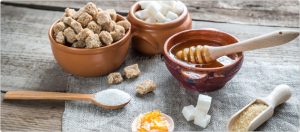
Wednesday: Increase Protein
Include a protein source with each meal and snack to prevent sugar cravings experienced with blood sugar highs and lows throughout the day.
Sources of high-quality protein include meat, chicken, fish, eggs, legumes (lentils, chickpeas, beans, tofu, tempeh), protein powders (whey, pea, rice), and lesser amounts are found in wholegrains (quinoa, millet, buckwheat, amaranth, brown rice, oats), nuts and seeds.
Thursday: Eat Fat
Incorporate two tablespoons into your meals and one tablespoon into your snacks to notice the difference. Fats are satiating, which stop us feeling hungry for much longer than carbs and sugar.
Healthy fats include avocado, olives, nuts (almonds, walnuts, Brazil nuts, macadamias, hazelnuts, pistachios, cashews, pecans, coconut), seeds (sunflower, pumpkin, chia, flax, sesame), eggs, meat, oily fish (salmon, mackerel, sardines, anchovies), and oils (coconut, olive, flax, avocado, macadamia).
They key difference between eating protein, fat and carbs/sugar is that protein and fat tell your brain that you are full while you are eating. Meanwhile carbs and sugar are notoriously late to the party. There is a delay in communication from carbs. This is why it is much easier to overeat carbs, compared to protein and fat. They say it can take up to 20 minutes to feel full. This feeling happens instantly when you eat plentiful protein and fat.
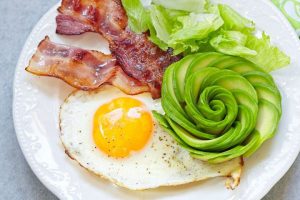
Friday: Apple Cider Vinegar
If you know you’re going to have a cheat meal, arm yourself with apple cider vinegar. This famous vinegar lowers blood sugar, insulin response, and significantly enhances insulin sensitivity after high-carb meals.
Take 1 teaspoon to 1 tablespoon once or twice daily, before meals. Particularly meals containing more protein as the acidity in the vinegar assists protein digestion (similarly to lemon juice). Apple cider vinegar can be taken straight, diluted in water, or used in salad dressings.
Tip! Make homemade salad dressing with 1 tablespoon of apple cider vinegar and 2 tablespoons of extra virgin olive oil.
Saturday: Exercise Snacks are the Healthiest Snacks
Incidental exercise is one of the most effective ways to enhance insulin sensitivity of muscle cells. It increases glucose uptake by muscles, as glucose is stored in skeletal muscles as glycogen. Exercise allows more sugar to be stored in muscles, rather than being stored in fat cells. Incidental exercise throughout the day is a great way to stimulate muscles frequently. Going for a 10 minute walk or doing a body weight exercise before or after a meal will increase insulin sensitivity and reduce fat storage.
Every little bit counts. Research shows incidental exercise adds up to be equally as beneficial as structured exercise.
- Walk to the shops and carry your groceries home (cardio and strength!)
- Walk around or stand while talking on the phone and sending messages
- Take the stairs
- Walk around the block at lunch time
- Park further away
- Do squats or calf raises while waiting for the kettle to boil or while your toast is cooking
- Walking meetings
- Stretch your calves and quads while brushing your teeth (2 X 2 minutes a day is 1,460 minutes every year!)
A classic example of not incidentally exercising is driving to the gym and driving around and around the car park to find the closest park to the entrance. Then going for a walk/run on the treadmill!
When you are at home (or at work if you are brave!) do an exercise for 1 minute every hour e.g. squats, lunges, plank, push-ups, tricep dips, or calf raises. If you do one exercise for every waking hour of the day, that could add up to 15 minutes per day. Two minutes every hour could add up to your 30 minutes a day push play.
Tip! Limit screen time. Each hour of screen time above the recommended two hours a day is associated with an extra 1kg of body fat. Add that up!
If you work in front of a screen obviously there is no way around the two-hour rule. Stand up and walk around for 1-5 minutes every hour – get a glass of water, make a cup of tea, get some fresh air outside, or do your diaphragmatic breathing. This is also a good chance to have a mental and physical break from work.

A Naturopath/Herbalist can recommend foods and prescribe Herbal Medicine. There is a herb called Gymnema sylvestre that is highly recommended for diabetes. It reduces sugar cravings by balancing blood sugar levels and decreasing insulin. This Herbal Medicine is available in liquid form. Consult with me.
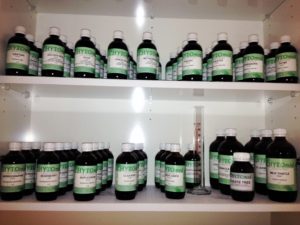
Check out my blogs ~ Tips for Going Sugar Free and Sugar Cravings & Natural Sweeteners

Your Nutrition Mentor,


